Picking the right color for your outdoor bench cushion isn't just about what looks pretty – it's about creating a space that actually works for your lifestyle. I've learned this the hard way after years of watching gorgeous cushions fade into sad, washed-out versions of themselves. But here's the thing: with the right knowledge, you can avoid these mistakes and create an outdoor space that stays beautiful season after season.
Whether you're dealing with a tiny balcony or a sprawling backyard, the color you choose for your bench cushion will set the entire tone for your outdoor space. And trust me, there's way more to consider than just "what's my favorite color?" We're talking about practicality, weather resistance, and creating a vibe that makes you actually want to spend time outside.
Understanding Color Psychology in Outdoor Spaces
Colors affect our mood more than most people realize, especially in outdoor environments where we're trying to relax and unwind. I remember visiting a friend's patio that had bright red cushions – gorgeous to look at, but somehow I felt energized and restless the entire time I was sitting there. That's the power of color psychology at work.

Cool Colors for Calm Vibes
Blues and greens are your go-to choices when you want to create a peaceful retreat. These colors naturally lower our heart rate and promote relaxation – there's actual science behind this! Ocean blues and sage greens work particularly well because they echo nature's own color palette. I've noticed that people tend to linger longer on benches with cool-colored cushions, probably because these hues don't overstimulate our nervous system.
But here's something interesting – not all blues are created equal for outdoor use. Navy blues tend to show less dirt and maintain their color integrity better than lighter blues, which can start looking dingy pretty quickly if you don't stay on top of cleaning.
Warm Colors for Energy and Conversation
Now, if you're looking to create a more social, energetic atmosphere, warm colors like terracotta, burnt orange, and deep yellows can work wonders. These colors stimulate conversation and create a welcoming feeling that draws people in. I've seen this work beautifully in spaces where families gather for barbecues or friends come together for evening chats.
The trick with warm colors is balance. Too much can feel overwhelming, especially in smaller spaces. That's where custom outdoor cushions really shine – you can incorporate warm accent colors while keeping the main cushion in a more neutral tone.
Climate Considerations: Your Environment Matters
Living in different climates means your color choices need to be strategic, not just aesthetic. What works beautifully in the Pacific Northwest might be a disaster in Arizona, and vice versa.

Hot and Sunny Climates
If you're dealing with intense sun exposure, darker colors are generally not your friend – they absorb heat and can become uncomfortably hot to sit on. I learned this lesson the hard way with a beautiful black cushion that literally became too hot to touch during summer afternoons!
For sunny climates, consider lighter shades that reflect heat rather than absorbing it. Whites, light grays, and pale blues not only stay cooler but also tend to show UV damage less obviously than darker colors. However – and this is important – make sure you're choosing UV-resistant fabrics, because even light colors will fade without proper protection.
Humid and Rainy Environments
In areas with high humidity or frequent rain, you'll want to think about how colors show moisture and staining. Light colors might seem logical, but they can actually highlight water marks and mildew stains more than medium-toned colors do.
I've found that colors with gray undertones work particularly well in these environments because they're forgiving when it comes to showing moisture damage. Plus, they complement the often-overcast skies common in humid climates.
Pro tip: If you live in an area with dramatic seasonal changes, consider getting custom cushion covers in different colors. You can swap them out seasonally to keep your space feeling fresh and appropriate for the weather.
Matching Your Home's Exterior Architecture
Your bench cushion shouldn't exist in a vacuum – it needs to work harmoniously with your home's exterior. This doesn't mean everything has to match perfectly (that can actually look pretty boring), but there should be some intentional coordination.

Working with Brick and Stone
Red brick homes can be tricky because the warm tones can clash with certain colors. I've seen people make the mistake of adding more red elements, which can feel overwhelming. Instead, consider colors that complement rather than compete – soft blues, sage greens, or even crisp whites can create a beautiful contrast that makes both the brick and the cushions pop.
For stone exteriors, you have more flexibility. Natural stone colors are generally neutral, so you can either go for a monochromatic scheme with different shades of gray and beige, or add a pop of color that creates visual interest.
Coordinating with Siding Colors
If your home has painted siding, you're in luck – you have the most flexibility for color coordination. Consider using your home's trim color as inspiration for your cushion choice, or select a color that appears elsewhere in your landscaping.
One approach I really like is the "analogous color" strategy, where you choose cushion colors that sit next to your home's main color on the color wheel. This creates harmony without being matchy-matchy.
Seasonal Color Strategies
Here's something most people don't think about: how will your chosen color look throughout the different seasons? A vibrant spring green might look amazing in May but feel out of place when fall foliage starts changing.

Year-Round Color Choices
If you prefer a "set it and forget it" approach, neutral colors with natural undertones work best. Think warm grays, soft taupes, or muted blues that won't clash with changing seasonal landscapes. These colors provide a stable backdrop that works whether you're surrounded by spring blooms or winter snow.
Navy blue is particularly versatile – it reads as sophisticated and calming, works well with most home exteriors, and doesn't show dirt as readily as lighter colors. Plus, it's classic enough that you won't get tired of it after a few seasons.
Seasonal Swapping Strategy
For those who love change, consider investing in custom bench cushions for different seasons. You might choose bright, energetic colors for spring and summer, then switch to deeper, richer tones for fall and winter. This approach lets you completely transform your outdoor space's personality throughout the year.
Practical Maintenance Considerations
Let's be honest – maintenance matters. You can love a color all you want, but if it becomes a constant source of stress because it shows every speck of dirt, you're not going to enjoy your outdoor space.

Colors That Hide Dirt and Stains
Medium-toned colors are your best friends when it comes to hiding everyday dirt and wear. Colors like sage green, dusty blue, or warm gray show significantly less soiling than pure whites or very dark colors. I've observed this in my own outdoor spaces – my medium gray cushions still look fresh after months of use, while my friend's white cushions started looking dingy after just a few weeks.
Patterns can also be incredibly practical. A subtle pattern or texture can camouflage minor stains and wear patterns that would be obvious on solid colors. Just avoid patterns that are too busy – they can make your space feel chaotic rather than relaxing.
Fabric Choice Matters as Much as Color
Even the best color choice won't save you if you skimp on fabric quality. Look for solution-dyed acrylic fabrics that are specifically designed for outdoor use. These fabrics lock the color in at the fiber level, meaning they'll resist fading and maintain their appearance much longer than cheaper alternatives.
According to the Sunbrella fade warranty program, high-quality outdoor fabrics can maintain their color for 5+ years even under intense UV exposure, but only if you choose appropriate colors and maintain them properly.
Creating Visual Interest with Color Combinations
Single-color cushions are safe, but combining colors strategically can create a much more interesting and personalized outdoor space. The key is understanding how colors work together rather than just throwing random colors together and hoping for the best.

The 60-30-10 Rule for Outdoor Spaces
Interior designers have long used the 60-30-10 rule, and it works beautifully in outdoor spaces too. Your dominant color (60%) might be your main cushion color, a secondary color (30%) could be accent pillows or nearby planters, and a pop color (10%) might appear in small decorative elements.
For example, you might choose sage green as your main cushion color, add cream-colored accent elements, and include small pops of coral in nearby flower pots or decorative items. This creates a cohesive look that's interesting without being overwhelming.
Complementary Color Schemes
Colors that sit opposite each other on the color wheel create vibrant, energetic combinations. Think orange and blue, or purple and yellow. But use these combinations carefully in outdoor spaces – they can be quite stimulating, which might not align with the relaxing atmosphere you're trying to create.
If you love complementary colors, consider using muted versions rather than bright, saturated ones. A dusty orange paired with a soft blue-gray can give you that complementary energy without being overpowering.
Special Considerations for Different Bench Types
Not all benches are created equal, and your color choice should reflect the specific style and purpose of your bench.

Modern and Contemporary Benches
Sleek, modern outdoor furniture calls for colors that enhance rather than compete with the clean lines. Monochromatic schemes work particularly well here – think different shades of gray, or various tones of blue. You want the color to support the design aesthetic, not fight against it.
Bold colors can work on modern benches, but they should be used sparingly and deliberately. A single bright accent color against neutral surroundings can create a stunning focal point.
Traditional and Rustic Styles
Traditional outdoor benches can handle richer, more complex colors. Deep burgundies, forest greens, and warm browns all work beautifully with classic bench designs. These colors echo the traditional materials used in the furniture construction and create a cohesive, timeless look.
For rustic or farmhouse-style benches, consider colors that reference natural materials – think weathered wood tones, aged copper greens, or colors that might appear in a vintage quilt.
Multi-Purpose and Storage Benches
If your bench serves double duty as storage or extra seating for entertaining, your color choice should be especially practical. You'll want colors that can handle frequent use and still look good when you have guests over. This is where those forgiving medium tones really shine.
Budget-Conscious Color Strategies
Creating a beautiful outdoor space doesn't have to break the bank, but it does require some strategic thinking about where to invest your money and where you can save.
Here's a money-saving tip I wish someone had told me earlier: invest in one high-quality neutral cushion that you love, then add seasonal color with less expensive accessories like throw pillows, nearby planters, or even a corner floor cushion that you can move around as needed.
Investment vs. Accent Colors
Your main bench cushion should be in a color and fabric quality that you can live with for several years. This is where it's worth investing in better quality. But accent colors – the ones that might go out of style or that you might get tired of – these can be changed out more affordably.
Consider starting with a classic neutral for your main cushion, then experimenting with trendier colors in smaller, less expensive elements. This way, you can refresh your space's look without having to replace the most expensive components.
DIY Color Updates
If you're handy with a sewing machine, making your own cushion covers can be a great way to experiment with color without a huge financial commitment. You can try bold colors or patterns that you might not be willing to invest in at full retail price.
Even if you're not a sewer, many local upholstery shops can create custom covers for existing cushions at a fraction of the cost of buying entirely new cushions.
Future-Proofing Your Color Choice
Outdoor furniture is an investment, and you want to make choices that you'll still be happy with in several years. This doesn't mean you have to play it completely safe, but it does mean thinking beyond immediate trends.

Avoiding Trendy Traps
Colors that are super trendy right now might feel dated in a few years. I remember when everyone was obsessed with that particular shade of turquoise a few years back – beautiful color, but spaces decorated entirely in trendy colors often end up feeling dated quickly.
That doesn't mean you should avoid all current color trends, but use them thoughtfully. Maybe incorporate a trendy color as an accent rather than as your main color scheme.
Choosing Colors with Longevity
Some colors just have staying power. Navy blue, warm gray, sage green, and cream have been considered attractive and sophisticated for decades, and they're likely to remain so. These colors provide a solid foundation that you can build upon with trendier accents.
Think about the outdoor spaces that you've admired over the years – chances are, they used classic color combinations that felt fresh and current regardless of when they were created.
Making Your Final Decision
After considering all these factors, how do you actually make the final decision? Here's my process, developed after years of helping friends and family choose outdoor colors (and making a few mistakes myself along the way).
The Test Period
Before committing to a permanent color choice, try living with color swatches in your outdoor space for a few weeks. Tape fabric samples to your existing cushions and observe how they look at different times of day and in different weather conditions. This simple step can save you from expensive mistakes.
Pay attention to how the colors make you feel during your actual outdoor time. Do they enhance your relaxation, or do they create subtle stress? Trust your gut reaction – if a color doesn't feel right after living with it for a while, it's probably not the right choice.
The Long-Term Vision
Think about how your outdoor space might evolve over time. Are you planning to add landscaping, change your furniture arrangement, or make other updates? Choose cushion colors that will work with your future plans, not just your current setup.
Consider photographing your space with different color options (even if they're just swatches) to help you visualize how the choices will work together.
Ready to Create Your Perfect Outdoor Space?
Choosing the right color for your outdoor bench cushion is just the beginning of creating a space you'll love spending time in. At Rulaer, we specialize in creating custom cushions that perfectly match your vision, lifestyle, and climate needs.
Our expert team understands that every outdoor space is unique, and we're here to help you navigate all the decisions that go into creating cushions that are both beautiful and practical. From fabric selection to color matching, we ensure that your investment will provide years of comfort and style.
Don't settle for cushions that don't quite work with your space. Let us help you create something that's perfectly tailored to your needs, your climate, and your personal style. Because when your outdoor space truly reflects who you are, spending time outside becomes one of life's greatest pleasures.
Contact us today to start designing your perfect outdoor cushions – your future self will thank you for making the investment in quality and customization.

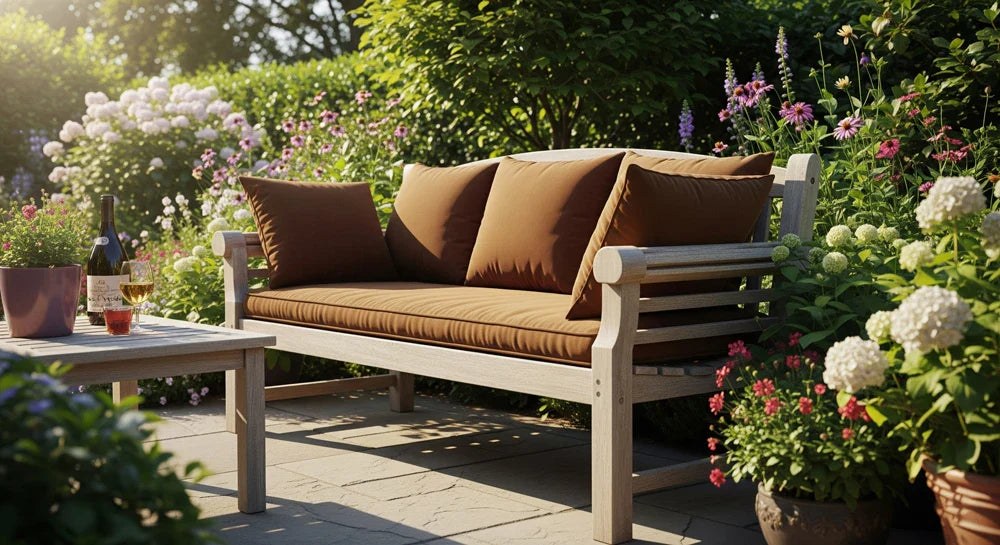

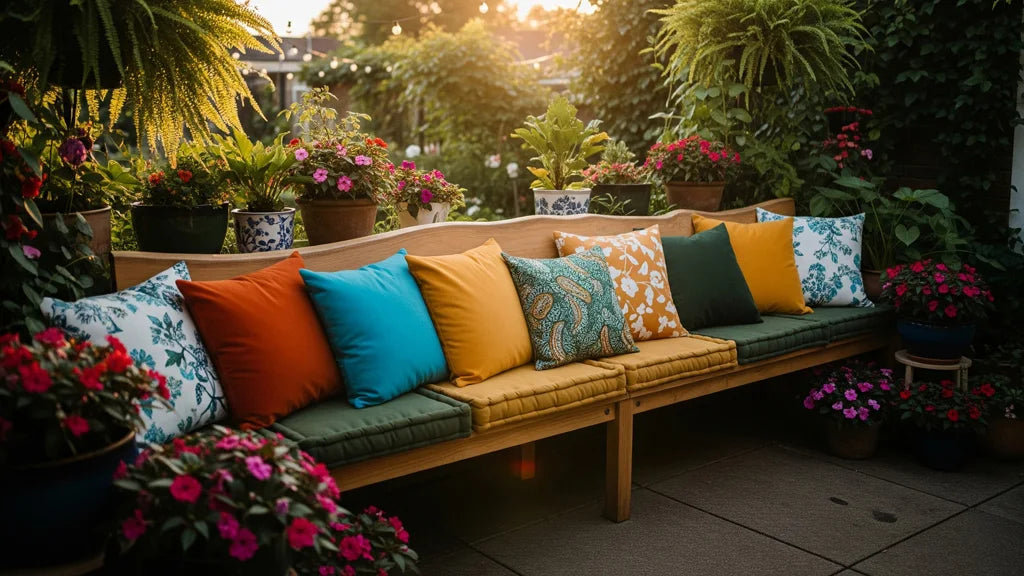
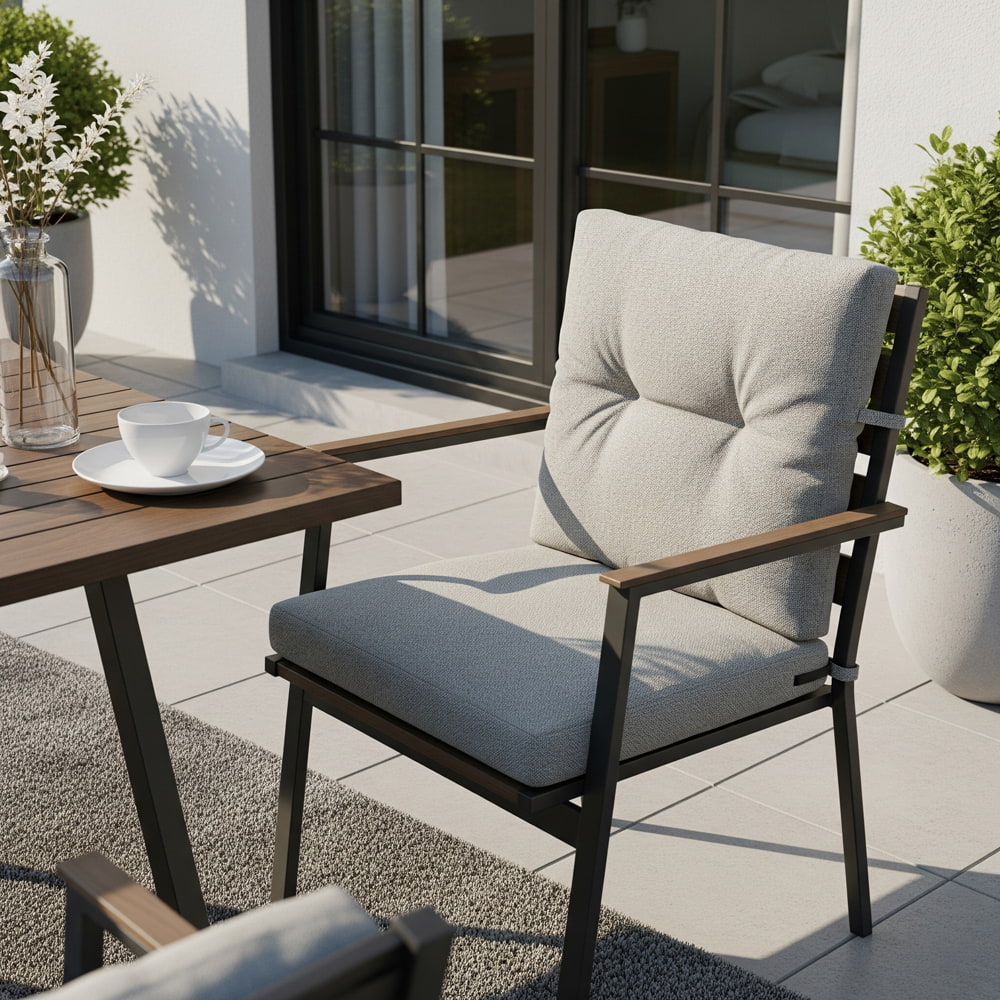

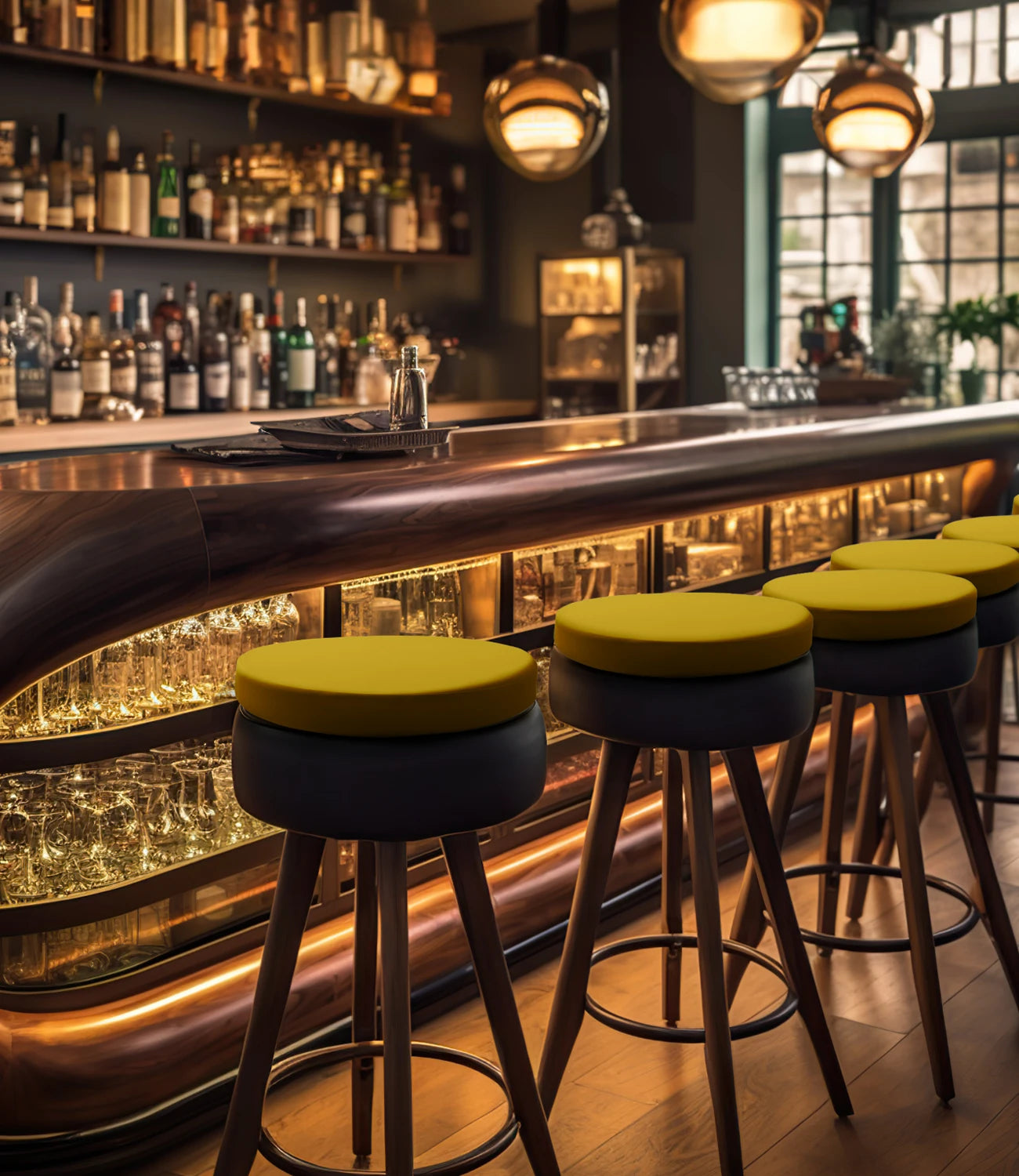
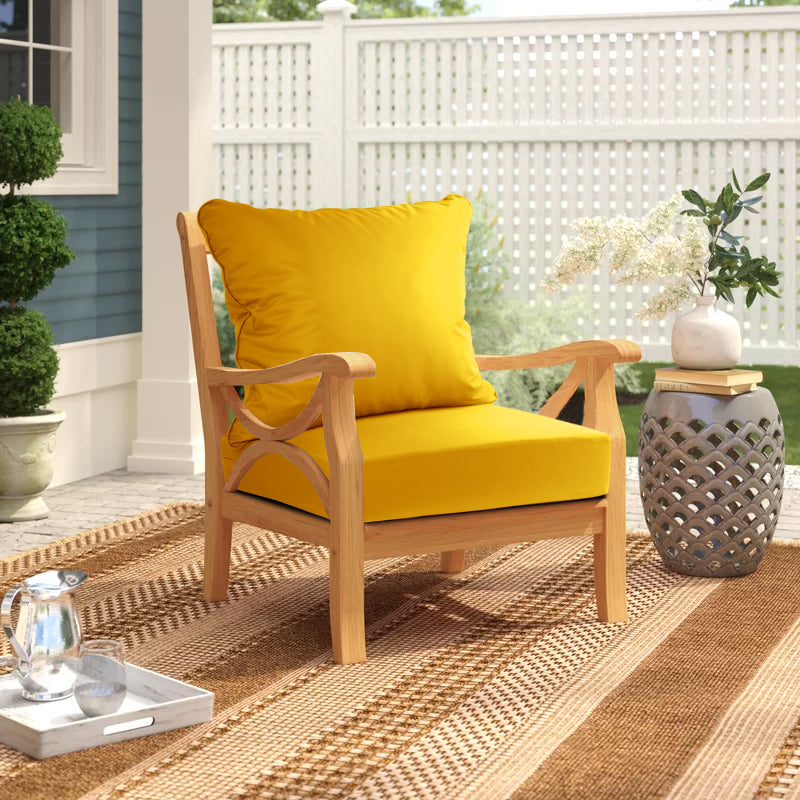
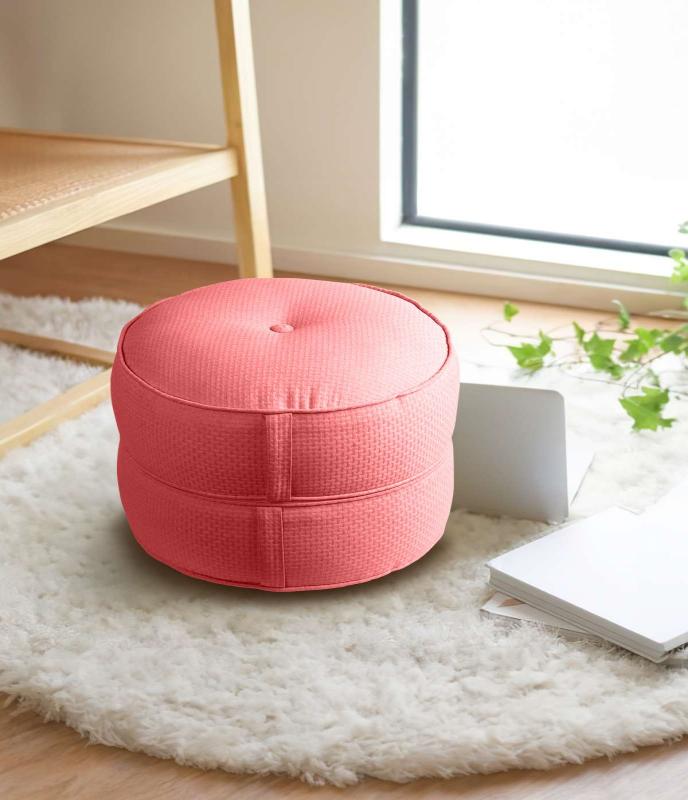
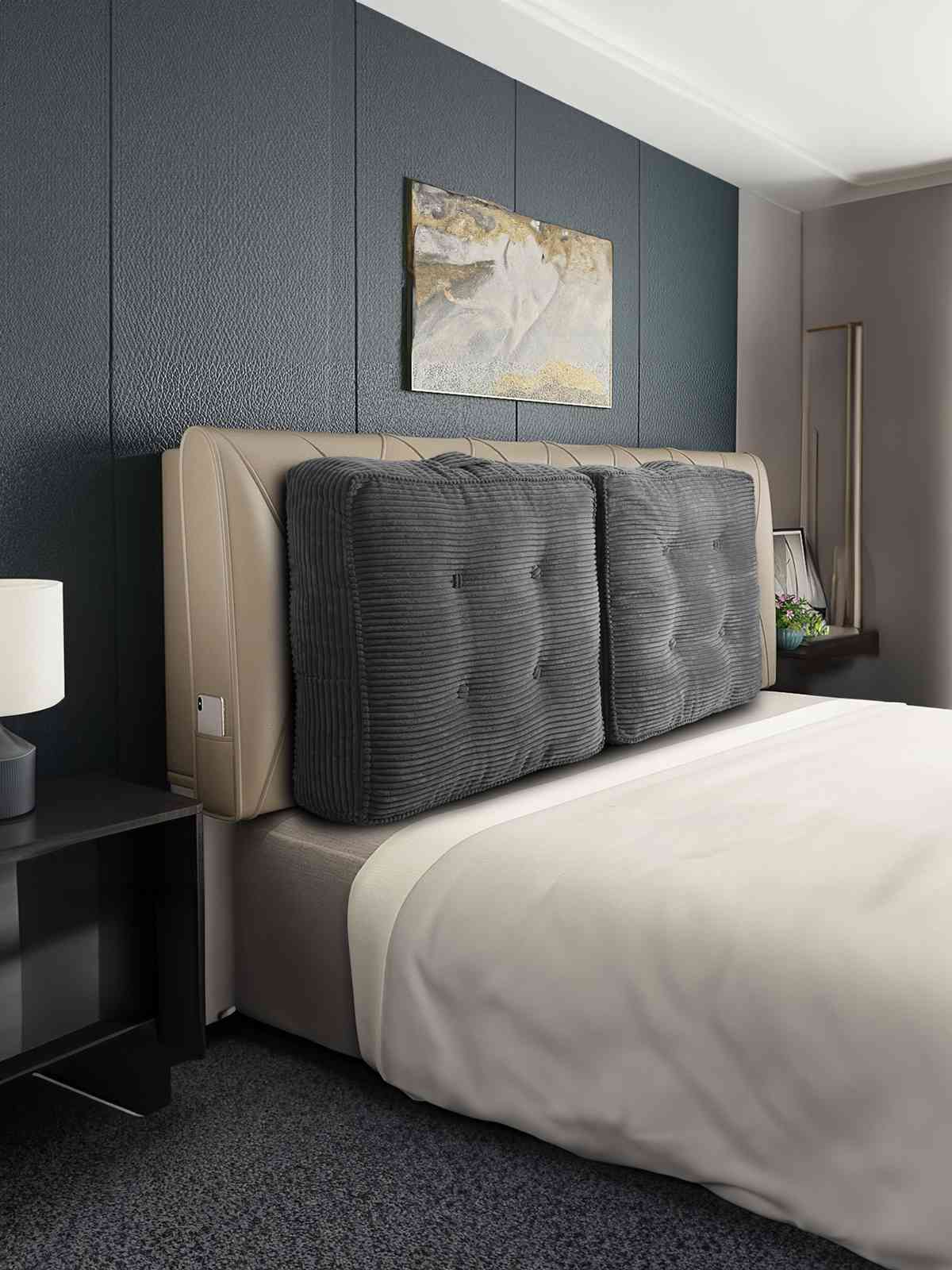
Leave a comment
All comments are moderated before being published.
This site is protected by hCaptcha and the hCaptcha Privacy Policy and Terms of Service apply.